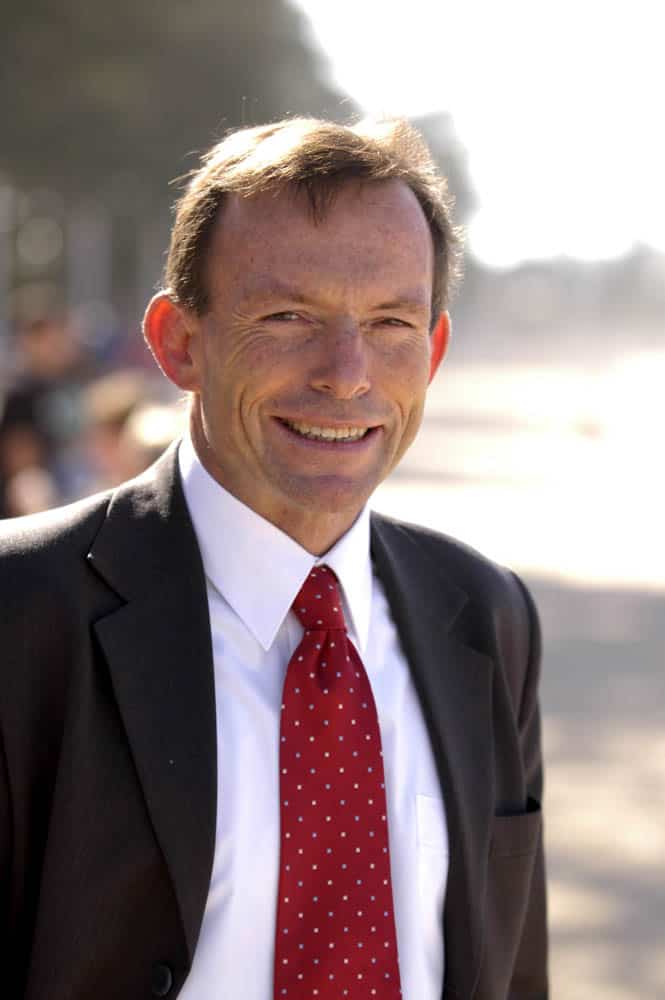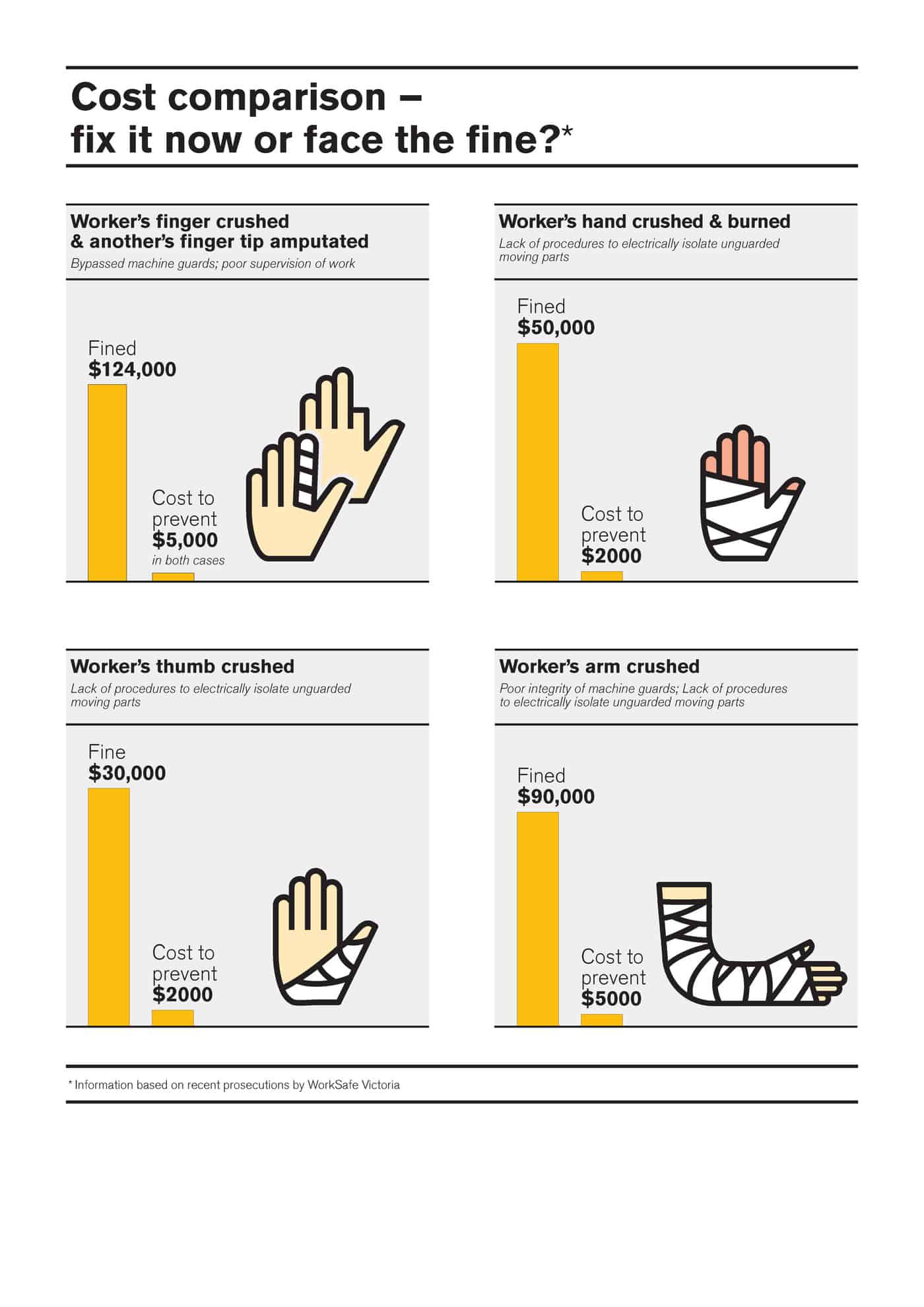WorkSafe Victoria has asked me in the past why I do not report on some of their successful activities and promotional campaigns. Recently WorkSafe Victoria has been running what appears to be a very successful safety campaign focusing on young workers. The campaign is called “if you’re not sure, ask“. The television and online advertisements again feature confronting workplace injuries but the significant difference in this case is that there is a social context about body image. This element of the campaign is very effective however, from the perspective of an old fart of a safety professional, the advertisements miss the role of the supervisor and the importance of a safe working environment.
Continue reading “The “if you’re not sure, ask” campaign needs “if unsafe, fix””





